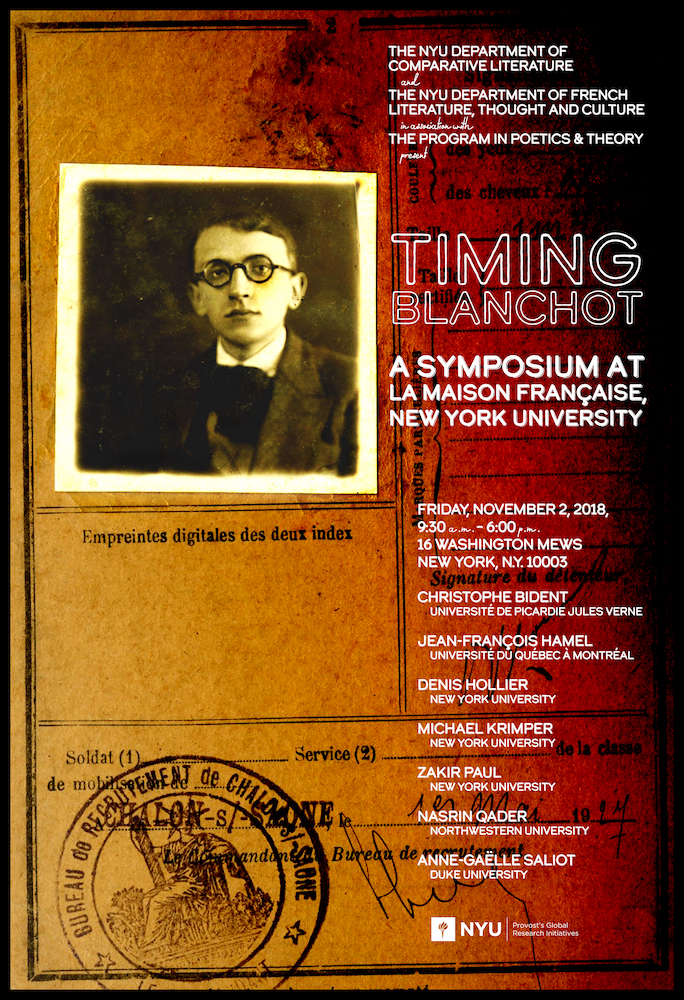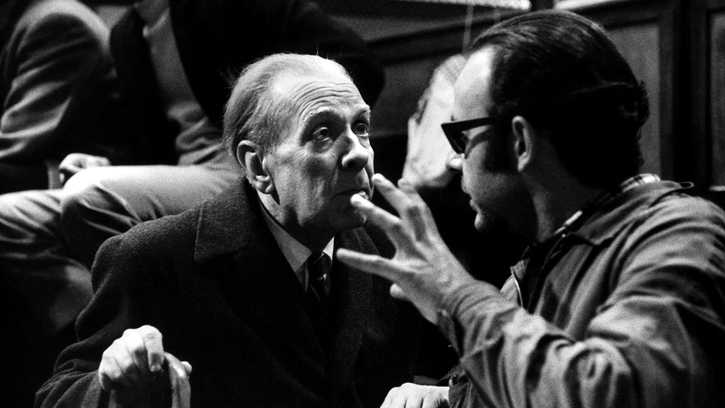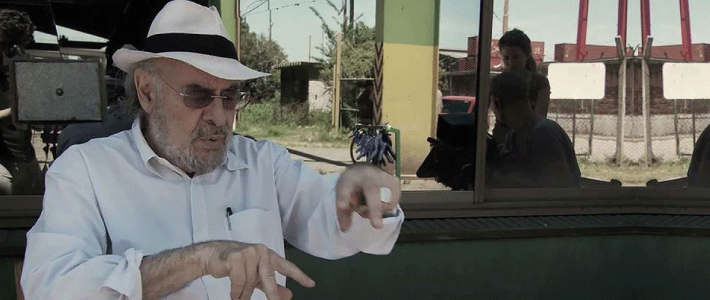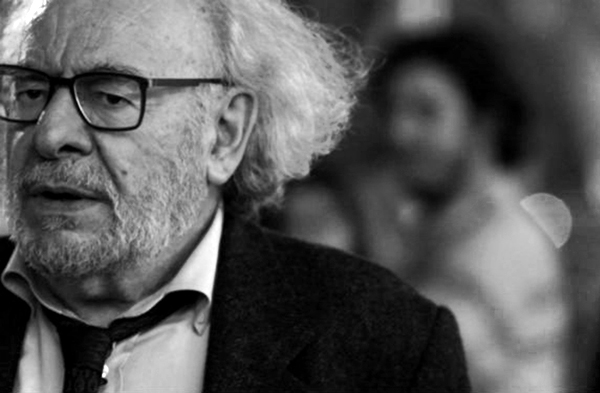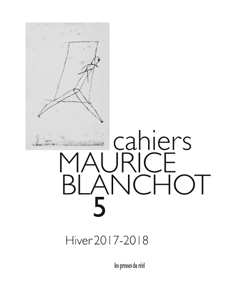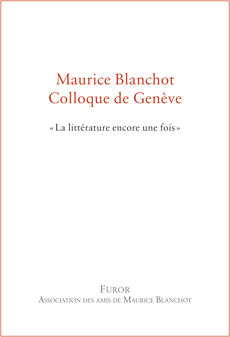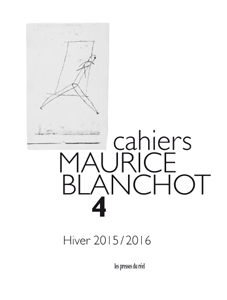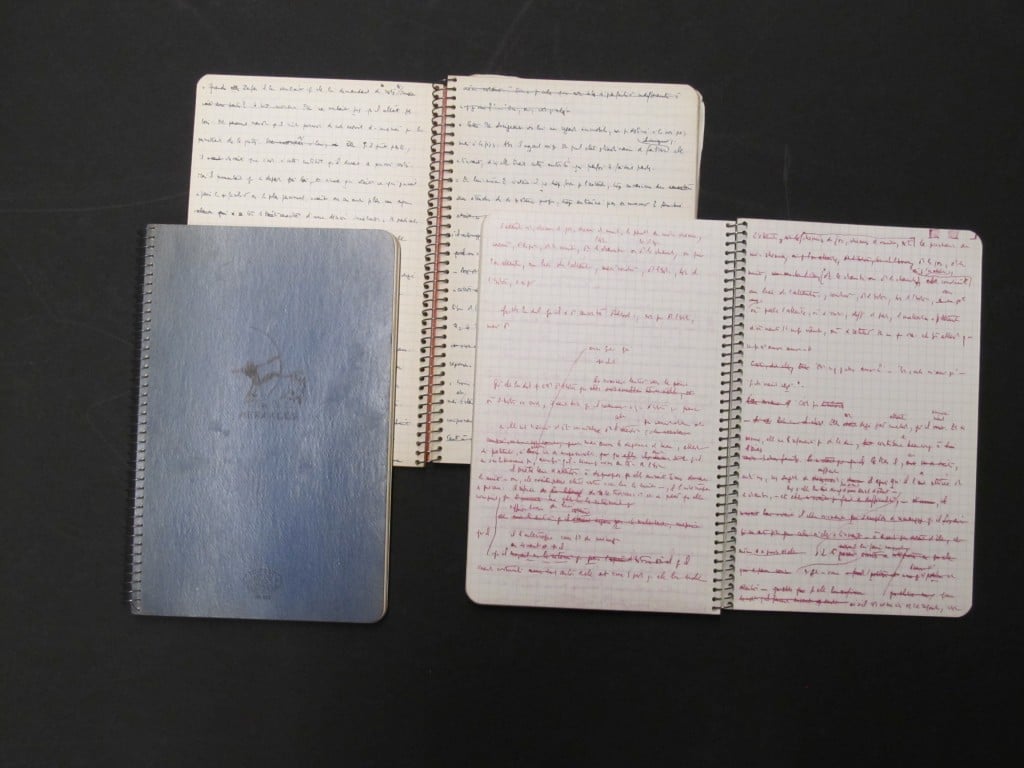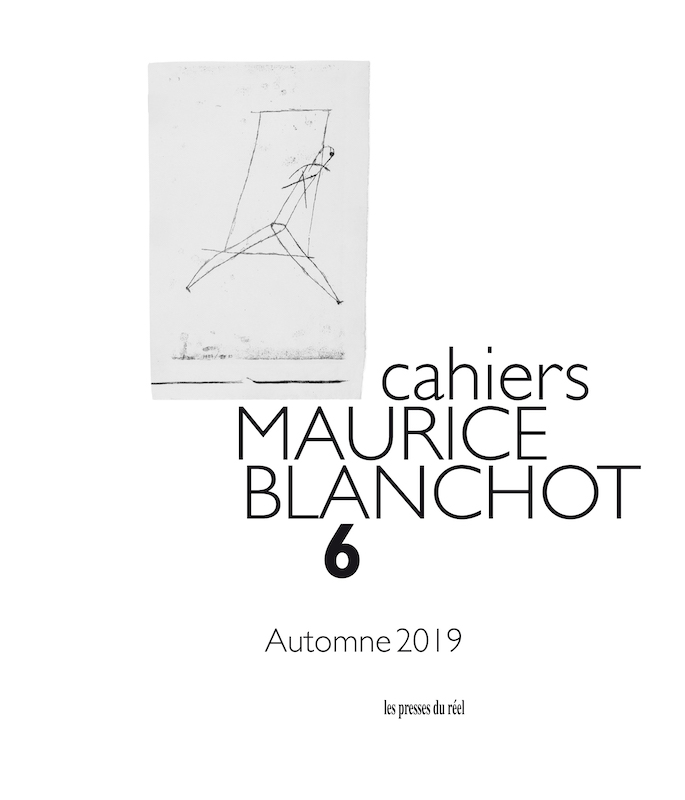
Cahiers Maurice Blanchot n° 6
Point de signe plus éloquent de l’intense intérêt suscité par l’œuvre de Blanchot sur le plan international, que les divers colloques, journées de travail et autres activités qui continuent de se produire en Amérique du Sud. Nous sommes très heureux d’accueillir dans ce numéro quelques-unes des interventions lors d’un récent colloque qui s’est tenu à Santiago, et dont le thème – Écriture et Pouvoir – non seulement demeure d’une très grande pertinence pour tout lecteur de Blanchot, mais interpelle chacun de nous aujourd’hui où, partout en Europe, partout dans le monde, les relations entre politique, pouvoir et violence entrent dans une nouvelle et parfois inquiétante phase. Comment ignorer, devant les crises qui ne cessent de se multiplier, que les interrogations les plus graves suscitées par l’œuvre et la vie de Blanchot ne cessent de résonner au cœur politique de notre actualité ? Toujours dans cette perspective internationale, Jean-François Hamel commente autour d’une lettre inédite l’intérêt de Blanchot pour la révolution cubaine. Et nous ouvrons le numéro avec un ensemble précieux de lettres envoyées à François Dominique, qui éclairent un des derniers projets éditoriaux de Blanchot, et témoignent d’un engagement au nom des persécutées et contre l’oppression qui a duré jusqu’à la fin de ses jours. Dans ce numéro des Cahiers Maurice Blanchot, la question n’est pas tant d’ausculter le rapport que Blanchot entretient avec le ou la politique, que d’interroger ce qui, dans son œuvre, fait politique. Aussi, il s’avère nécessaire d’interroger le concept de politique sans le figer dans des prédicats et sans le soustraire non plus à l’histoire et aux engagements de Blanchot. Le dossier que nous présentons rend hommage à cette dimension d’événement qui porte en lui une béance irréductible que l’on peut aussi entendre comme un avènement, comme une force séminale pour la pensée et l’écriture.

